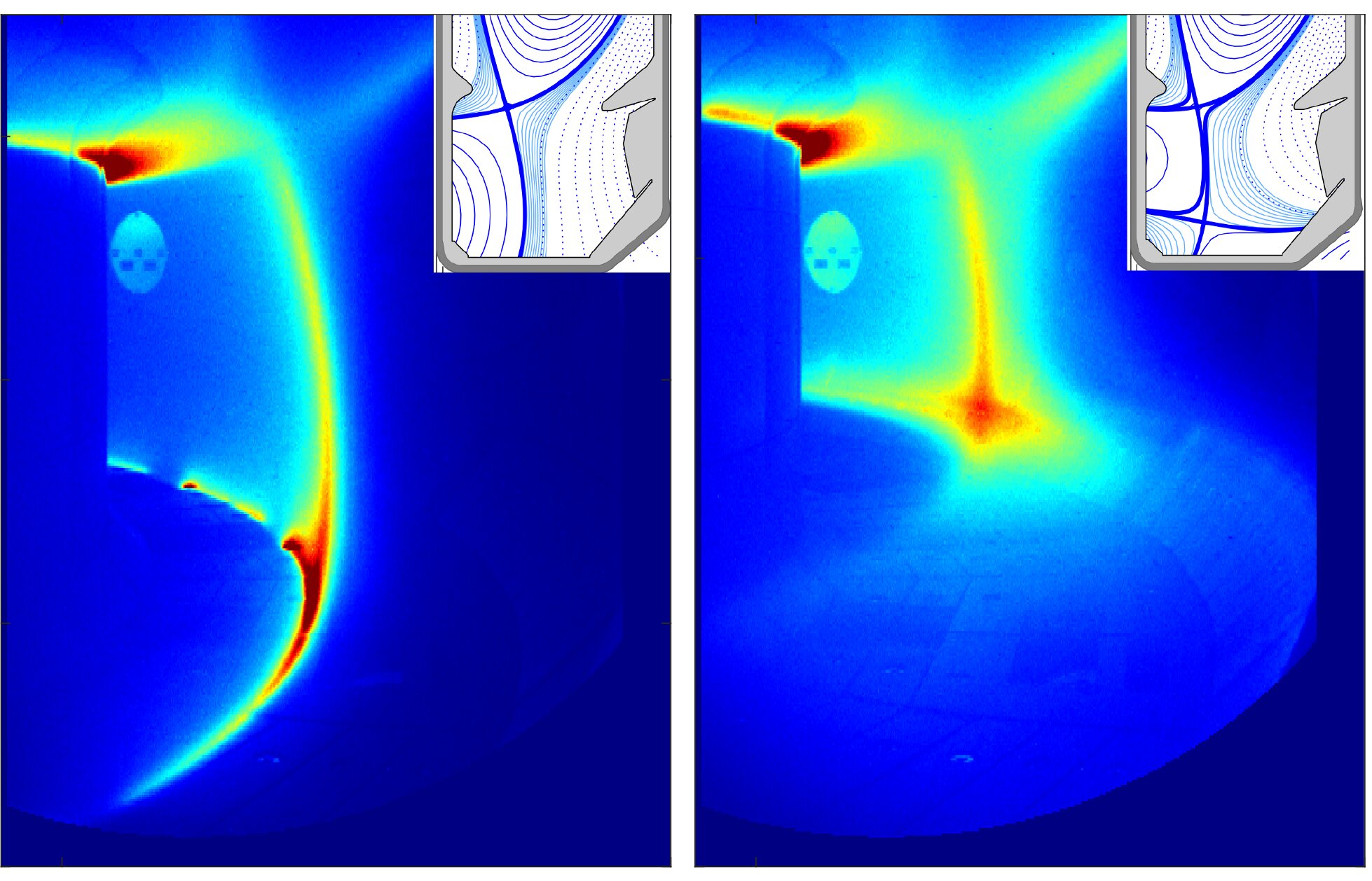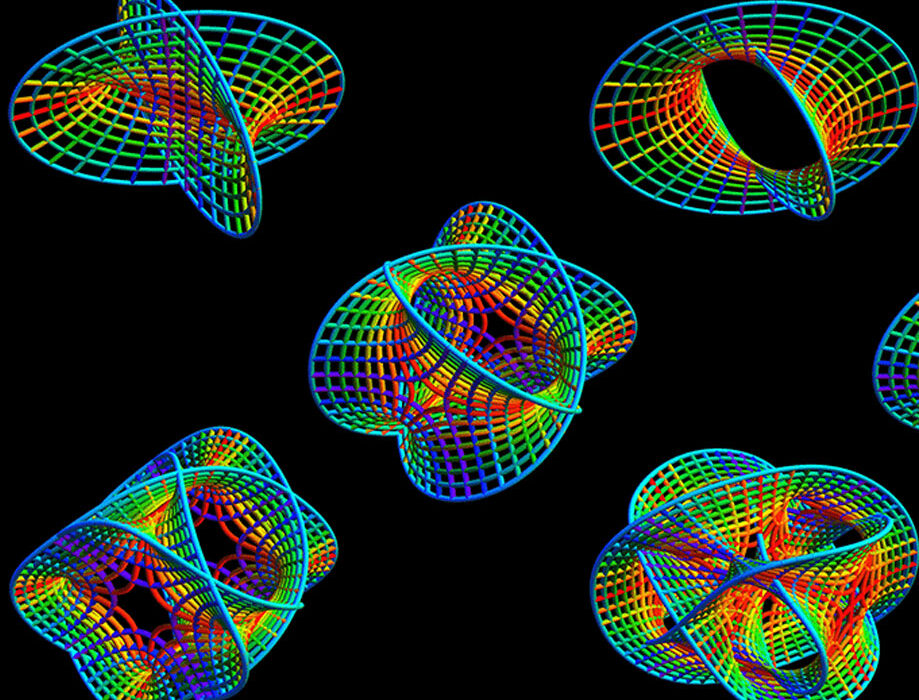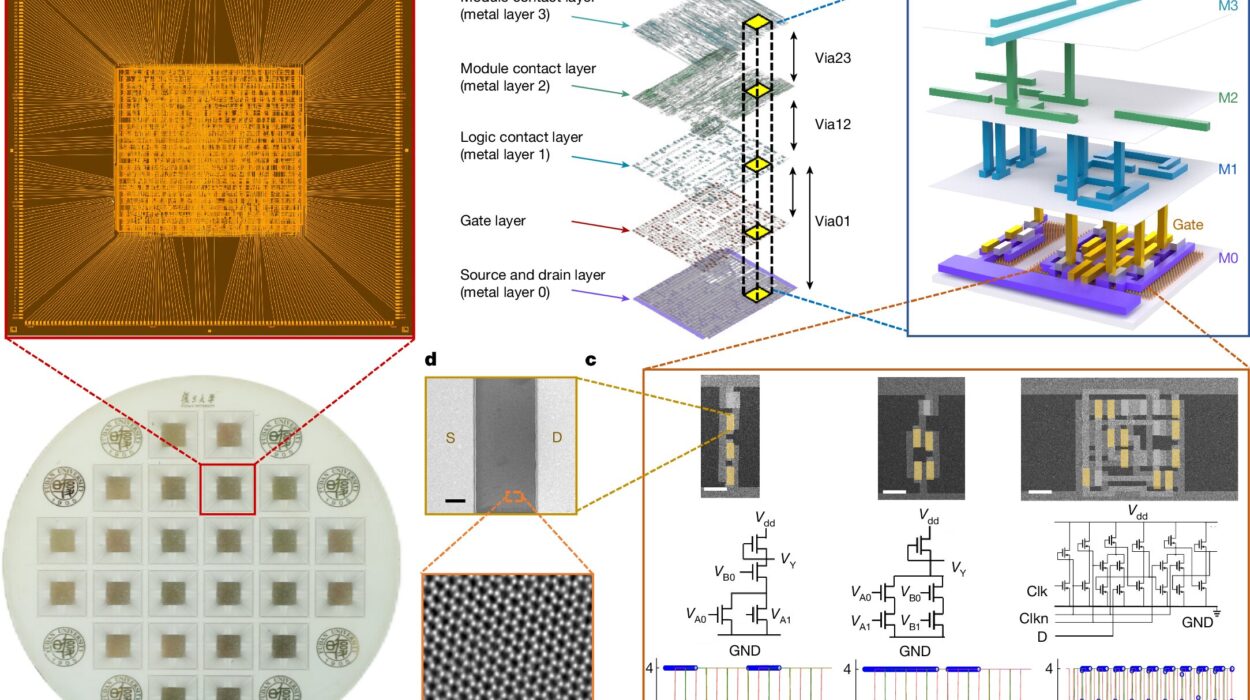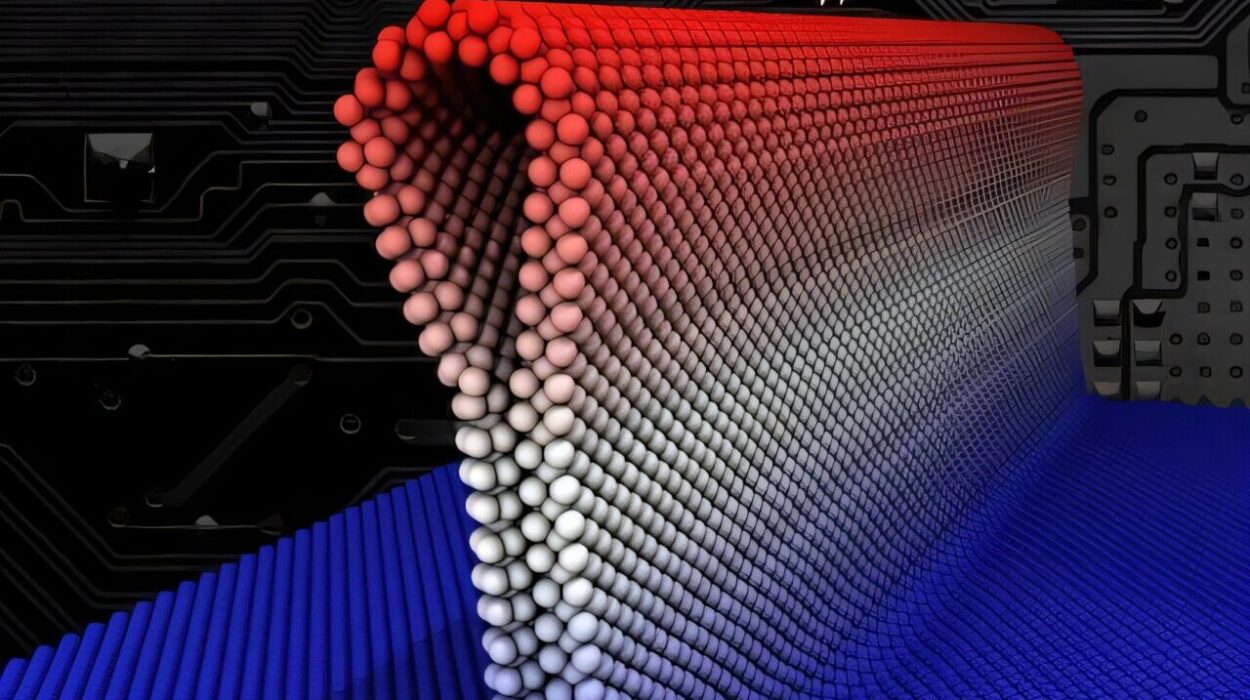Imagine a world powered by the very reaction that lights up the sun—an energy source so powerful that a single cup of its fuel could light a city for days, without polluting the skies or warming the climate. That’s the promise of nuclear fusion: the process that binds stars together, now being miniaturized and tamed in laboratories on Earth.
Unlike its more infamous cousin, nuclear fission—which splits heavy atoms like uranium—fusion involves merging two light nuclei, typically isotopes of hydrogen like deuterium and tritium. When these nuclei overcome their mutual repulsion and fuse, they release vast amounts of energy, orders of magnitude more than chemical reactions and without producing long-lived radioactive waste. Even better: fusion emits no carbon dioxide, the chief culprit of climate change.
But there’s a catch. Fusion is astonishingly difficult to achieve. The temperatures required are higher than those at the core of the sun—tens of millions of degrees Celsius. At these temperatures, matter doesn’t behave like solids, liquids, or gases. Instead, it exists as plasma—a swirling, seething soup of charged particles. Containing and stabilizing this plasma is the central challenge of fusion energy.
That’s where tokamaks come in.
The Magnetic Doughnuts That Could Power the World
The tokamak, an acronym derived from Russian, is arguably humanity’s most promising tool for harnessing fusion. These doughnut-shaped devices generate powerful magnetic fields to confine plasma in midair, preventing it from touching the reactor walls and instantly vaporizing them. Think of it as a magnetic bottle holding a tiny star.
The basic idea is elegant but fiendishly complex in practice. Superconducting magnets create both toroidal (around the doughnut) and poloidal (vertical) magnetic fields, twisting the plasma into a helical path. A careful choreography of current, pressure, and field lines keeps the plasma suspended, stable, and hot enough for fusion to ignite.
Tokamaks like JET in the UK, DIII-D in the US, and ITER under construction in France have pushed the boundaries of this technology. But even the best designs face a key bottleneck: how to deal with the staggering heat produced during fusion reactions—heat that, if not managed, could melt the very machines built to generate power.
The Heat Problem: A Star Inside a Machine
The central paradox of fusion is that success creates its own problems. If you’re doing it right—if the plasma is hot enough and dense enough to sustain fusion—you’re generating so much energy that the surrounding reactor structures become vulnerable.
Much of this heat flows along magnetic field lines toward a special region of the tokamak called the divertor. This is the reactor’s “exhaust system,” where excess energy and particles are safely removed. But divertors must withstand thermal loads on par with those experienced by a spacecraft reentering Earth’s atmosphere—repeatedly, for hours at a time.
At those energy densities, even the most advanced materials degrade. Tungsten tiles crack. Surfaces melt. The lifespan of reactor components shrinks dramatically. For fusion to be viable as a commercial energy source, this must be solved.
Now, a team at Switzerland’s École Polytechnique Fédérale de Lausanne (EPFL) may have found a breakthrough—a new way to radiate heat away from vulnerable reactor surfaces by tweaking the very shape of the magnetic fields.
The XPTR Breakthrough: Rethinking Plasma Exhaust
Enter the X-point target radiator, or XPTR—a deceptively simple idea with potentially transformative implications. It emerged from experiments at the TCV tokamak in Lausanne, a machine known for its extreme flexibility in shaping magnetic geometries.
The key innovation lies in the concept of the X-point. In a tokamak, this is the location where magnetic field lines from the core plasma split and head toward the divertor. Think of it as a branching point in the magnetic highway—crucial for directing energy exhaust. Normally, only one X-point is used, forming a narrow magnetic funnel through which heat escapes.
But the EPFL researchers wondered: What if you added another X-point, farther down the divertor channel?
In their experiments, led by physicist Kenneth Lee, they modified the magnetic field to introduce this secondary X-point. The results were striking. By reshaping the magnetic landscape, they created a region where excess heat could be radiated away—before reaching the reactor wall. This effectively transformed the hot plasma exhaust into a more uniform, cooler radiation cloud.
“We discovered localized radiation—the XPTR—far from the plasma core, which preserves core performance while significantly reducing divertor heat loads,” said Lee. “It’s like adding an emergency off-ramp to a freeway before traffic hits the city.”
Why This Matters: Stability, Scalability, and a Path Forward
One of the critical strengths of the XPTR configuration is its stability across a wide range of conditions. Traditional divertor solutions often struggle with tight operational tolerances; they either cool too much and quench the plasma, or too little and fail to protect the walls. The XPTR, by contrast, seems to strike a Goldilocks balance—efficiently removing heat without compromising core performance.
This is more than an incremental tweak. It represents a new class of divertor geometry, one that could be integrated into future fusion plants with relative ease. Importantly, it helps solve a problem that many current designs were punting into the future: the heat exhaust crisis.
The scalability of XPTR is also key. While it was demonstrated on the relatively small TCV device, it’s already being planned for inclusion in SPARC, a next-generation tokamak developed by Commonwealth Fusion Systems (CFS) and MIT. SPARC aims to be the first device to achieve net energy gain from fusion—producing more energy than it consumes. For such a milestone machine, effective heat management is not optional—it’s existential.
A Symphony of Fields and Particles
At a deeper level, the XPTR innovation reflects a maturing understanding of magnetohydrodynamics—the study of how magnetic fields and ionized fluids interact. The EPFL team is not simply throwing hardware at the heat problem. They are sculpting the magnetic environment itself to gently guide the flow of energy, dispersing it like a conductor controlling a musical crescendo.
This is where fusion science is becoming fusion engineering. Instead of just reaching plasma ignition, researchers are learning how to control, shape, and sustain it. And every such breakthrough brings us closer to fusion not just as a laboratory curiosity, but as an industrial powerhouse.
Beyond the Lab: Fusion and the Climate Crisis
The urgency of fusion’s success cannot be overstated. As the world barrels toward climate tipping points, the need for clean, scalable, baseload power grows ever more acute. Renewables like solar and wind are crucial but intermittent. Batteries can help, but they have limits. Nuclear fission is powerful but fraught with public skepticism and radioactive legacies.
Fusion offers something different: continuous, carbon-free power with virtually unlimited fuel. The main inputs—deuterium from seawater and lithium for breeding tritium—are abundant. The byproducts are inert helium and modest, short-lived radioactivity. No meltdown risk. No weapons-grade waste.
But to make this real, devices like SPARC and its successors must be not just functional, but robust. They must endure thousands of cycles, over decades of use, without catastrophic failure or maintenance nightmares.
That’s why a concept like XPTR isn’t a minor detail. It’s a linchpin. It could be the difference between a reactor that runs a few hours in a lab and one that runs for thirty years on a power grid.
The Road Ahead: Simulations, Testing, and Commercial Designs
The work at EPFL is far from over. Lee and his colleagues are now conducting high-power experiments to test XPTR performance under more extreme conditions, closer to those expected in commercial reactors. Alongside these trials, state-of-the-art numerical simulations are being developed to probe the physical mechanisms behind the XPTR effect—how exactly the secondary X-point creates and sustains its radiative cloak.
This blend of theory, experiment, and computation is the hallmark of modern fusion science. It’s a dance of plasma physics, magnetic geometry, material science, and engineering pragmatism. And with each new discovery, the choreography grows more elegant.
If SPARC successfully incorporates XPTR into its design and achieves net energy, it could light the way for larger follow-up reactors—like ARC, CFS’s full-scale commercial plant. The leap from lab to grid is enormous, but not impossible. And if XPTR works as hoped, it will be remembered as one of the quiet innovations that made fusion power truly viable.
Conclusion: A Controlled Star, At Last
It’s tempting to romanticize fusion as a quest to bottle a star. But in truth, the real miracle is not creating the fire—it’s controlling it. Shaping it. Taming it into something useful, safe, and sustainable.
The discovery of the X-point target radiator is a vivid example of the ingenuity and persistence that fusion science demands. It’s a small magnetic wrinkle with the potential to reshape the energy future of humanity.
In a world desperate for clean energy miracles, the XPTR is not the final answer—but it’s a vital part of the solution. It brings us closer to a reality where the power of the stars is no longer a dream, but a part of everyday life.
And that, finally, would be the dawn of the fusion age.
Reference: K. Lee et al, X -Point Target Radiator Regime in Tokamak Divertor Plasmas, Physical Review Letters (2025). DOI: 10.1103/PhysRevLett.134.185102.






